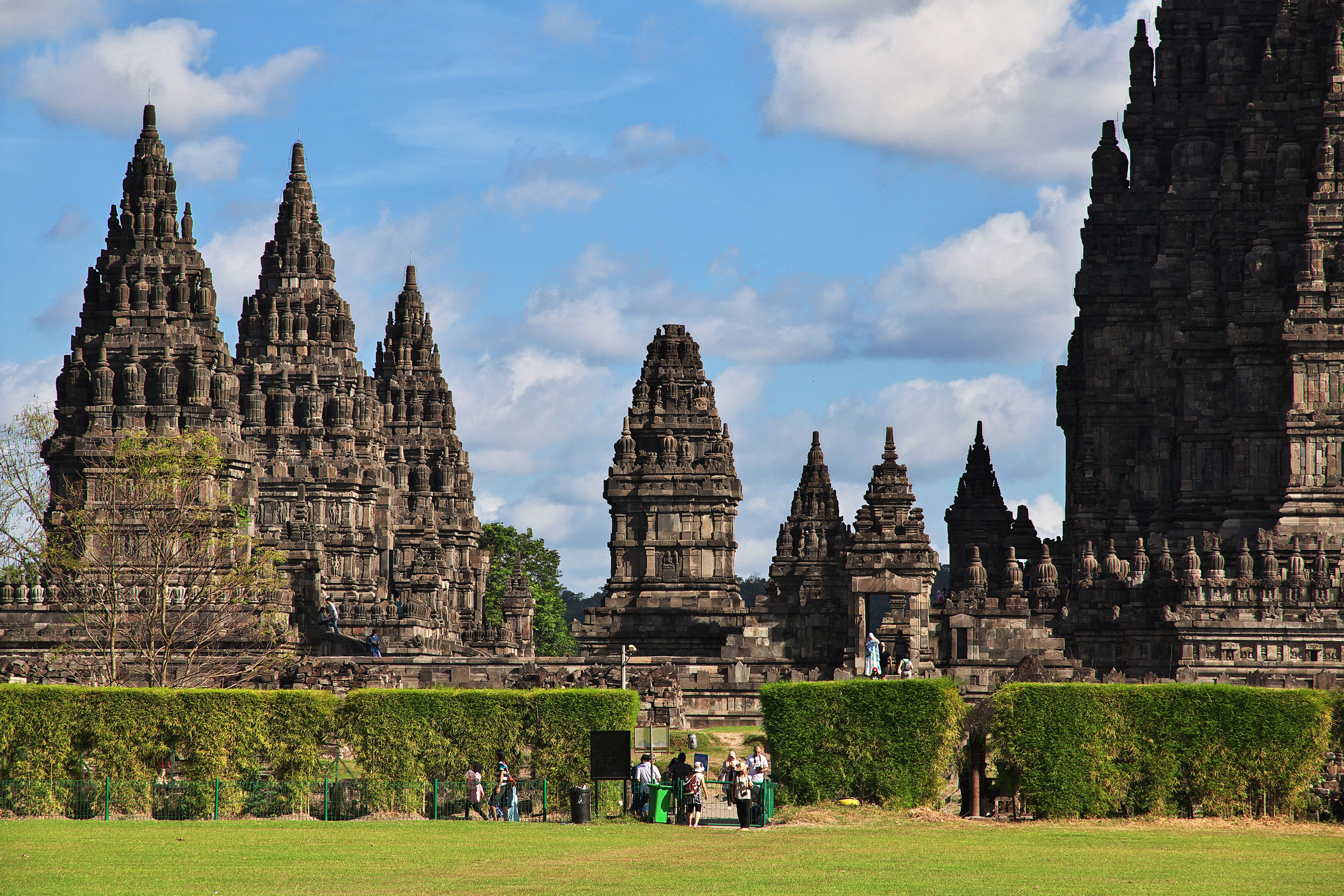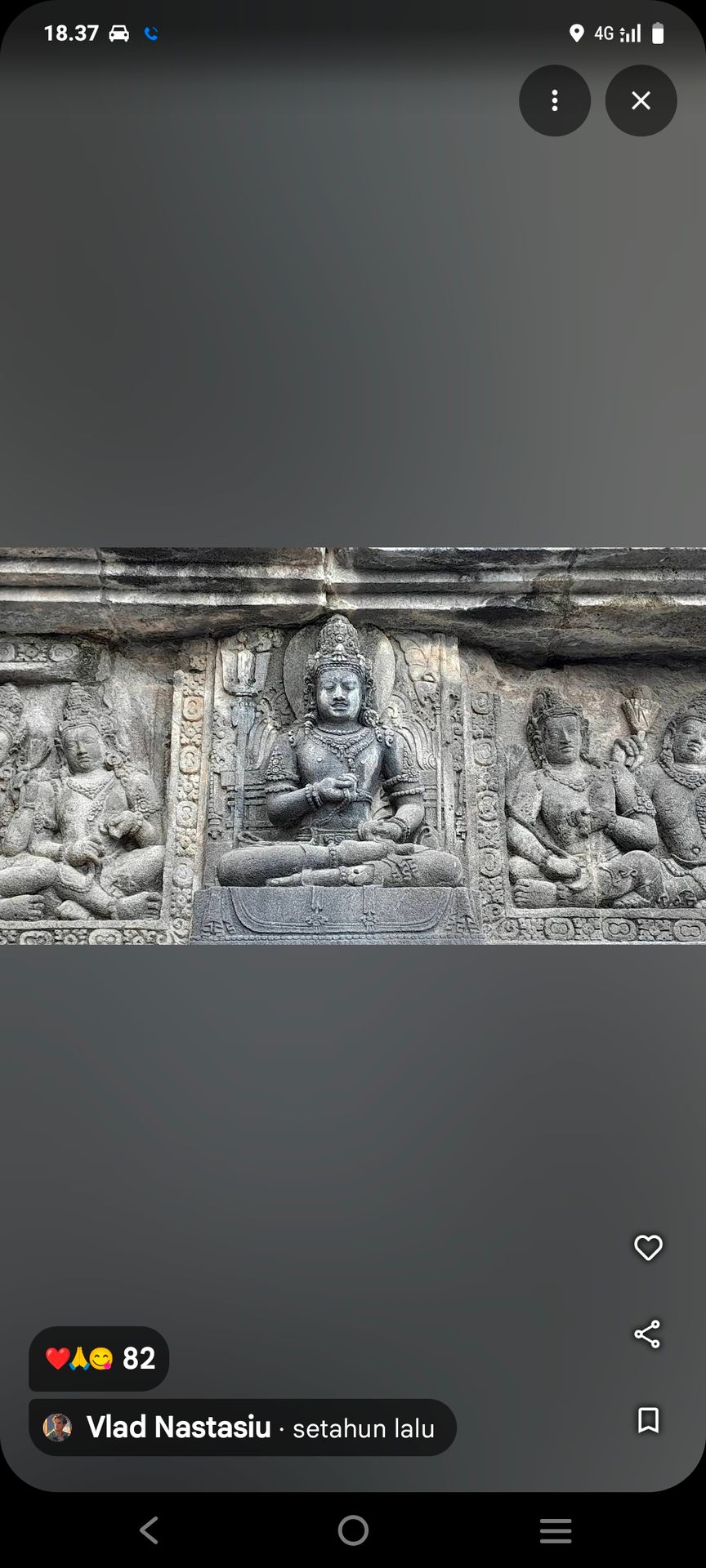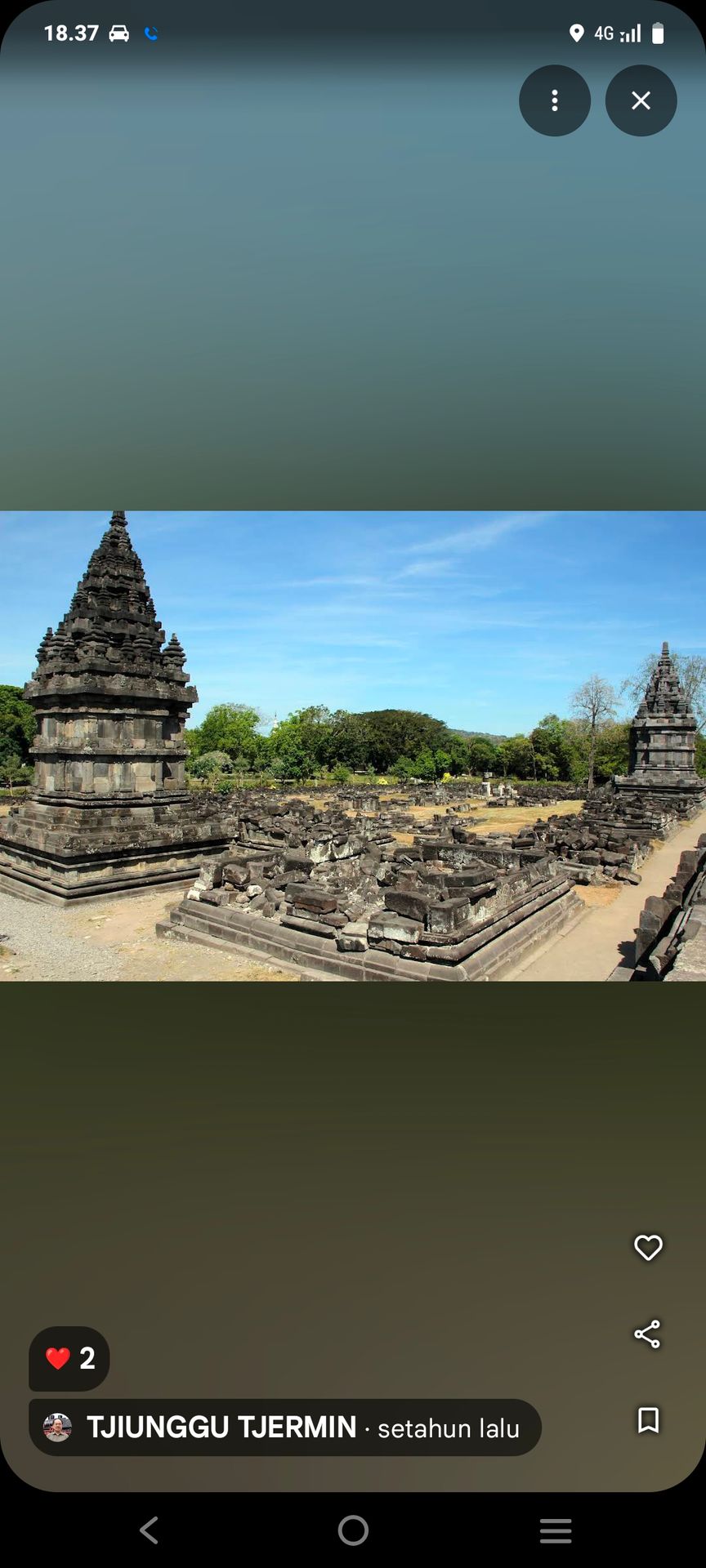Discovering the Majesty of Prambanan Temple
Introduction to Prambanan Temple
Nestled in the heart of Java, Indonesia, Prambanan Temple stands as a testament to the grandeur of ancient Hindu architecture. This UNESCO World Heritage Site is a must-visit for history enthusiasts and travelers seeking to immerse themselves in cultural treasures. As one of the largest Hindu temple complexes in Southeast Asia, Prambanan's majestic spires rise against the backdrop of lush landscapes, offering a sight that is both awe-inspiring and humbling.
Constructed in the 9th century, Prambanan is dedicated to the Hindu trinity: Brahma, Vishnu, and Shiva. Each deity has a main temple within the complex, with the towering Shiva temple being the tallest and most prominent. This architectural marvel not only reflects the religious devotion of its creators but also showcases their remarkable engineering skills.

The Architectural Splendor
Prambanan's architecture is a striking example of Hindu temple design, characterized by its intricate carvings and towering spires. Each temple is adorned with bas-reliefs depicting scenes from ancient Sanskrit epics such as the Ramayana. As you walk through the complex, you'll be captivated by the level of detail in the stonework, which brings these stories to life.
The central courtyard houses eight main temples, surrounded by more than 200 smaller structures known as Perwara temples. These create an expansive layout that invites exploration and discovery. The symmetry and precision in the design reflect the advanced understanding of geometry and aesthetics by its builders.

Exploring the Cultural Significance
Prambanan is not just an architectural wonder; it is also a vital cultural beacon. The temple serves as a center for Hindu rituals and festivals, drawing both local devotees and international visitors. One of the most celebrated events is the annual Ramayana Ballet performance, held in an open-air theater with the temples illuminated in the background, creating a magical ambiance.
This dance drama retells the epic tale of Prince Rama's quest to rescue his wife, Sita, from the demon king Ravana. The performance, with its intricate choreography and vibrant costumes, offers a unique opportunity to experience Indonesia's rich cultural heritage firsthand.

Visiting Prambanan: Tips for Travelers
When planning your visit to Prambanan Temple, consider timing your trip during the dry season from April to October for pleasant weather. The site is easily accessible from Yogyakarta, which is about 17 kilometers away. Whether you choose to join a guided tour or explore independently, allocating a few hours will allow you to fully appreciate the site's beauty and history.
To enhance your experience, consider hiring a local guide who can provide insights into the temple's history and mythology. Additionally, wear comfortable walking shoes as you'll be navigating uneven terrain, and don't forget your camera to capture the stunning vistas and intricate details.

Conclusion: A Journey Through Time
Discovering Prambanan Temple with Borobudur tours is like stepping back in time to an era where art and spirituality converged in magnificent harmony. The complex not only offers a glimpse into Indonesia's past but also serves as a reminder of the rich tapestry of cultures that have shaped this vibrant nation.
Whether you're a history buff, cultural enthusiast, or simply someone seeking beauty beyond imagination, Prambanan Temple promises an unforgettable journey into the heart of ancient Java. Embrace the majesty of this sacred site, and let its timeless allure leave an indelible mark on your travels.